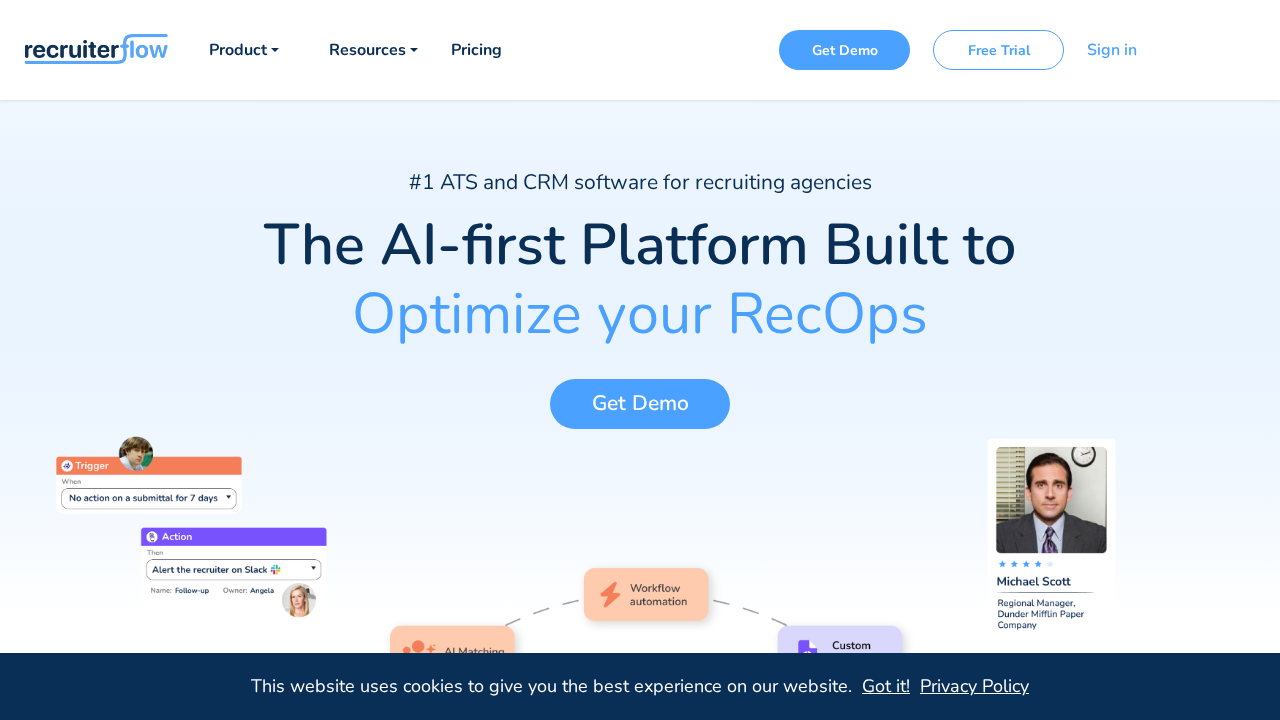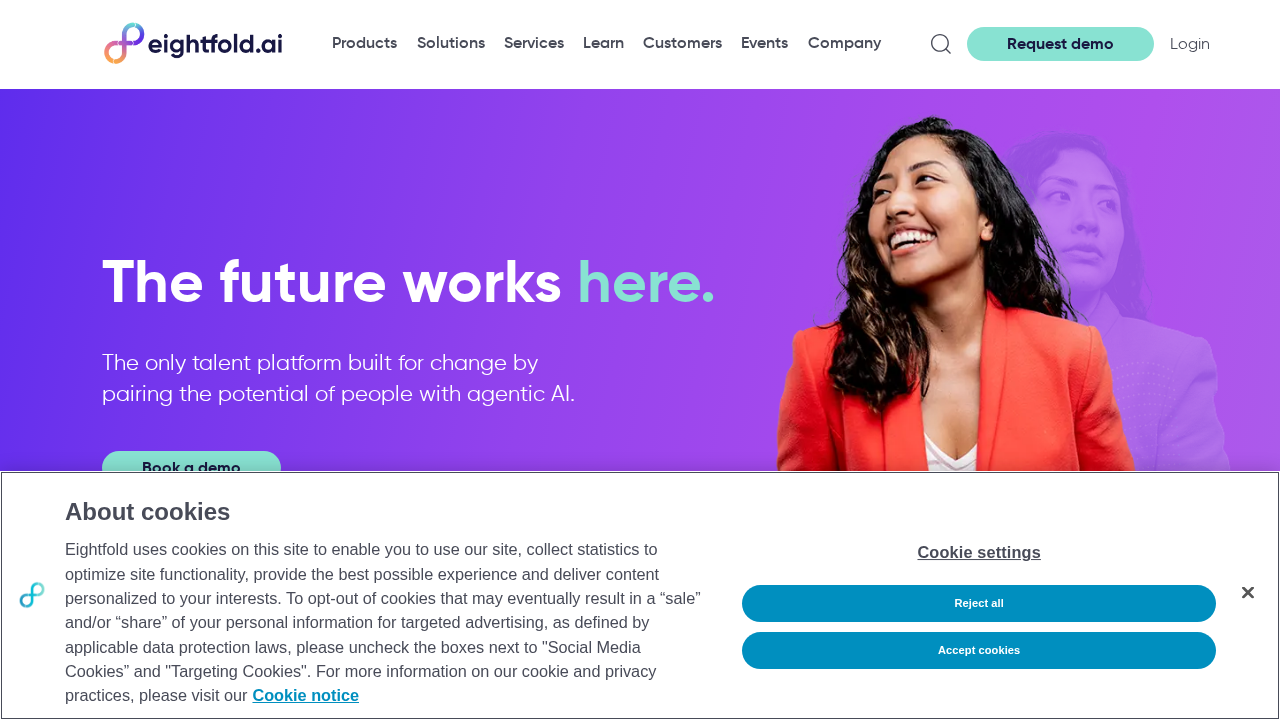In 2025, the way we hire will be smarter, faster, and more data-driven than ever before. As companies face mounting pressure to scale their people operations, the ability to screen candidates efficiently is emerging as one of the top priorities for HR teams everywhere. Gone are the days of sifting manually through piles of resumes—today’s hiring platforms and AI solutions promise to deliver faster results, better insights, and a seamless experience for both recruiters and applicants.
In this blog, we’re diving into the Top 5 Ways to accelerate your candidate screening and shortlisting processes that will dominate HR tech trends in 2025. From video interviewing to applicant tracking systems to revolutionary conversational AI assistants, these tools aren’t just transforming HR—they’re reshaping how businesses build their teams and succeed. Let’s explore how you can stay ahead and find the perfect match in record time!
Top apps:
1. Moodbit Copilot
2. HireVue
3. Recruiterflow
4. Eightfold.ai
5. Workable
Moodbit Copilot

The year 2025 is poised to bring an evolution in HR processes, making candidate screening and shortlisting faster, smarter, and more efficient. In this transformative landscape, Moodbit Copilot emerges as a powerful tool designed for HR teams, team leaders, and SMBs. By leveraging generative AI, it unlocks instant, actionable insights and automations, turning people data and documents into valuable workflows. With its multifaceted features, Moodbit Copilot is specifically tailored to revolutionize candidate screening while enhancing broader HR operations.
Pros
- Instant insights: Moodbit Copilot enables fast access to critical candidate information through natural-language queries. HR teams can quickly surface data like sentiment trends or extracted metrics from uploaded PDFs, saving hours previously spent on manual analysis.
- Workflow automation: By connecting seamlessly with tools like Slack, Microsoft Teams, and SAP, it streamlines processes such as automated report generation, meeting summaries, and task follow-ups. This integration minimizes tool-switching and ensures candidate data resides in a centralized system for immediate action.
- HR chat assistant: Its 24/7 chatbot offers immediate answers to policy, processes, or benefits queries, significantly reducing repetitive HR requests during candidate onboarding or employee query stages.
- People-first strategy: Moodbit Copilot doesn’t stop at raw data; it provides tailored recommendations and actionable strategies for talent management, ensuring not just faster decision-making but better outcomes for hires and employees.
- Enterprise-grade security: Secure data handling ensures compliance for larger enterprises, enabling safe deployment even in sensitive HR environments. Privacy controls reassure users their data remains protected.
Cons:
- Requires sufficient initial setup to connect data sources and integrations.
- May rely heavily on accurate data inputs for best results.
Use Cases
- Candidate data summarization: HR professionals can upload resumes, assessments, or survey documents, and instantly extract key metrics or summaries. This streamlines the shortlisting process for faster decision-making.
- Automated candidate reports: Managers receive instant candidate insights through integrated platforms like Slack or Microsoft Teams. These reports can include talent sentiment, skills match percentages, or predicted success metrics.
- 24/7 chatbot support: Hiring teams and candidates alike can benefit from the chatbot’s always-available expertise, ensuring real-time answers to onboarding queries or policy clarifications, reducing manual HR interventions.
- Strategic recommendations: Moodbit Copilot generates actionable plans for talent management and prioritizes next steps, empowering HR leaders to eliminate bottlenecks in the hiring process and onboard the best-fit candidates efficiently.
- Sentiment-driven hiring: Integrated sentiment and wellbeing analytics enable HR teams to make informed choices about cultural alignment, enhancing the screening process with more people-centric outcomes.
HireVue

HireVue is a video interview platform designed to streamline the early stages of the hiring process by allowing candidates to record video responses to pre-set interview questions, which can be supplemented by AI-driven assessments depending on the employer’s preferences.
Pros
- Allows candidates to complete interviews at their convenience without scheduling conflicts.
- Offers AI assessments to quickly identify competencies relevant to specific roles.
Cons
- Limited ability for real-time interaction and engagement between candidates and recruiters, reducing the opportunity to assess interpersonal skills dynamically.
- Heavily reliant on AI algorithms that may still face scrutiny for potential bias or lack of transparency in decision-making processes.
- No support for conversational query analytics to provide actionable insights from analyzed data, limiting its usefulness for broader HR strategy.
- Focuses only on video-based assessments and lacks integrated automations for repetitive HR tasks, such as report generation or policy delivery.
- Does not centralize or integrate well with collaboration tools (e.g., Slack or Microsoft Teams) commonly used in modern workplaces, resulting in siloed processes.
Recruiterflow

Recruiterflow is an AI-first platform designed to optimize recruitment operations for staffing and recruiting agencies. It combines applicant tracking (ATS), CRM functionality, recruiting automation, analytics, and candidate engagement tools to streamline the hiring process. The platform boasts features such as drag-and-drop pipelines, email sequences for outreach, and job board integrations, targeting professional recruiters and executive search businesses.
Pros
- Provides advanced candidate tracking through ATS with intuitive drag-and-drop visual pipelines.
- Email sequencing and automation help improve candidate outreach and engagement.
- Integrates with multiple job boards and platforms like Gmail and Zapier, allowing flexibility.
Cons
- Lacks conversational data access and analytics to generate immediate, actionable insights.
- No support for generating people-centric strategies or sentiment-driven employee actions.
- Offers no 24/7 HR chat assistant for real-time policy or benefit queries from employees.
- Focused primarily on agency recruiters, leaving little value for broader HR applications or internal HR teams.
- CRM and ATS tools are highly targeted and do not extend to workspace-wide integrations crucial for end-to-end HR workflow automation.
- Document handling capabilities are limited, with no intelligence-driven summaries or action recommendations from uploaded files.
- Pipeline functionality is constrained to candidates only and lacks features for integration of dynamic team insights.
Eightfold.ai

The Eightfold.ai platform is an AI-driven talent intelligence solution aimed at helping organizations with talent acquisition, management, and workforce planning. Its primary focus is to optimize hiring, reskilling, and employee retention through features like AI-based candidate screening, skills analysis, and personalized career guidance.
Pros
- AI-powered skills matching for personalized career growth paths and reskilling.
- Integration across talent acquisition, management, and resource planning offering a unified experience.
- Large-scale career trajectory database providing actionable talent insights.
Cons
- Overly focused on analytics and matching algorithms, which limits actionable recommendations for real-time people strategy improvements.
- Heavily reliant on aggregated data, potentially lacking the ability to distill individual employee sentiment or wellbeing insights.
- Relatively higher complexity in its user interface, requiring expertise to operate effectively, compared to simpler, conversational data approaches.
- 24/7 chat assistance is absent, which restricts real-time support and policy dissemination for employees.
- Lacks automation for routine HR document handling, like meeting summaries, process audits, or follow-ups, leading to manual work dependencies.
- Comparable integration scope but less focus on operational efficiency beyond hiring and workforce planning workflows.
Workable

Workable is a comprehensive HR software designed to streamline hiring processes, employee data management, and payroll. It offers tools for applicant tracking, candidate sourcing, and HR lifecycle management in one platform.
Pros
- Integration with 200+ job boards and social media platforms for broad job ad visibility.
- AI-powered resume screening for faster candidate filtering.
- Self-service interview scheduling with automated calendar syncing for convenience.
Cons
- Focuses heavily on recruitment tasks but lacks actionable strategy generation or sentiment-based insights for broader HR operations.
- Features like gamified employee referral programs and branded career page builders may not significantly improve efficiency for SMBs compared to streamlined approaches.
- Employee management tools such as onboarding portals and e-signatures are functional but fail to provide real-time, people-centric engagement insights.
- Time tracking and payroll reporting tools are basic and lack integration with advanced workflow automations.
- AI usage is limited to recruitment tasks and does not extend to broader conversational analytics or document intelligence.
Conclusions:
While platforms like HireVue and Recruiterflow offer innovative solutions for specific aspects of candidate screening—for example, video interviews or CRM-style pipelines—they often fall short of providing a truly comprehensive experience. Likewise, tools such as Eightfold.ai and Workable, though impressive in their scope, are largely focused on narrow recruitment functionalities or analytics-heavy approaches. They help streamline workflow but still require HR teams to spend valuable time pulling insights, executing strategies, or addressing employee needs manually.
Enter Moodbit Copilot, the ultimate generative AI assistant for HR teams. Unlike other solutions, Moodbit moves beyond basic applicant tracking and portfolio screening by offering features like conversational data analytics, document intelligence, and workflow automation. This revolutionary platform not only saves time but turns your HR data into actionable insights, real-time recommendations, and practical tools that can scale people operations for any team. Whether it’s quick answers to “employee sentiment” queries, automated report generation, or 24/7 HR chat support for employees, Moodbit truly transforms how modern HR functions.
As the future of candidate screening and shortlisting unfolds, Moodbit Copilot stands as the most versatile and impactful solution among its competitors. With its ability to centralize workflows, integrate seamlessly with tools like Slack and SAP, and enable HR professionals to focus on people strategies rather than manual tasks, it’s clear why this generative AI platform is the top choice for teams in 2025 and beyond. If efficiency, engagement, and smarter decision-making are your goals, Moodbit is the partner you’ve been waiting for.
Leave a Reply